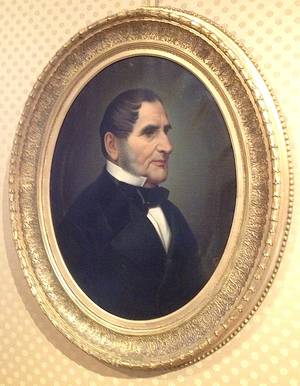
Revoltella remained unmarried but he was not socially reclusive. His dinner parties attended by bejewelled beauties, his French chef’s extravagant concoctions and his gleaming gilded tableware were famous. At a gala banquet which he gave in honour of Franz Joseph’s brother Maximilian, on the eve of the latter’s departure for Mexico to take up his imperial appointment, the centrepiece, which drew gasps of wonder from the assembled guests, consisted of four hounds sculpted from butter attacking a wild boar confected out of sausage. It is difficult to gauge what motivated Revoltella. Was it business? Insecurity? A desire to impress? Ambition for social status, or for acceptance? A genuine regard for art? Did he have good taste? It is hard to say. His palace is a deliberate showpiece, but is neither impressively original nor depressingly vulgar. His chosen philosophers, whom he had sculpted at the top of the main stairs, were Galileo, Newton, Descartes and Leibniz: not thinkers, as such, concerned with the destiny of the soul, but physicists and mathematicians, an Italian, an Englishman, a Frenchman and a German. His collection of paintings contains the kind of thing that one might expect from a man of his time and status: Biedermeier portraits and romantic images of the Orient: there is a good Cairo street scene by Ippolito Caffi. In the study hangs a vivid Egyptian landscape showing the Suez canal slicing its way up from the Red Sea to Port Said.
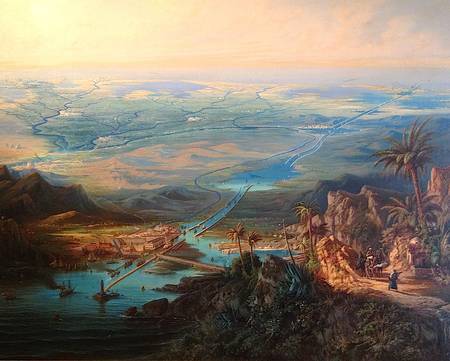
From the library (which contains a copy of Revoltella’s own travel journal, which he wrote during his trip to Suez in 1861), a false door designed to imitate a bookshelf leads through to a small cabinet, once a bathroom, where some of the early treasures of the collection are housed, among them a model by Canova for his famous heroic nude statue of Napoleon holding a celestial ball intended to carry a Winged Victory. (The completed statue, in Carrara marble, never pleased the little emperor. He felt that the golden Victory figure appeared to be flying ominously away, and the statue was consigned to the vaults of the Louvre until purchased by Napoleon’s nemesis, the Duke of Wellington, who displayed it in his London home, Apsley House. It is still there.)
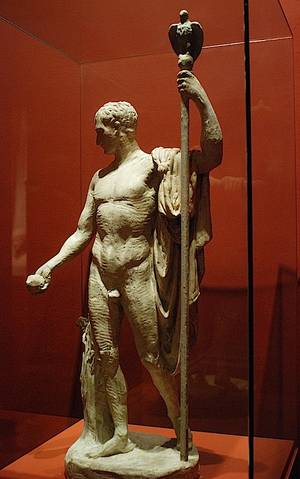
The collection in the adjoining building is rich in Italian art of the 20th century. De Chirico, Morandi, Carrà, Sironi, Burri: all are represented by at least one work. Particularly interesting are the local Trieste painters, whose work is less often seen in international collections. Piero Marussig is the best known; but also interesting are Carlo Sbisà (1889–1964), who found inspiration in the Italian Renaissance, and Bruno Croatto (1875–1948), known for his powerful realism.
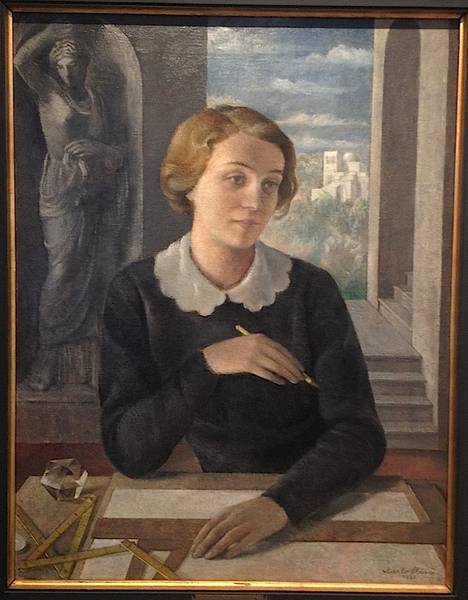
The Draughtswoman, by Carlo Sbisà 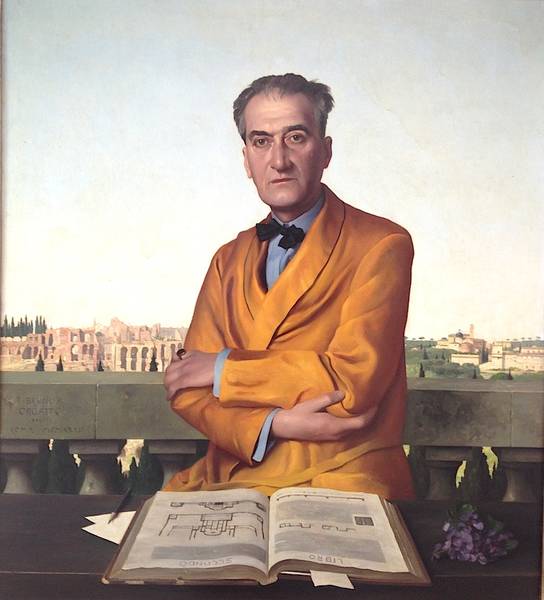
Portrait in front of the Palatine ruins, by Croatto






